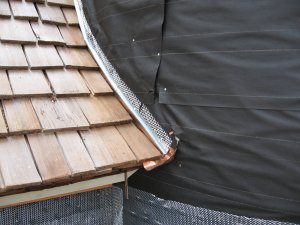 |
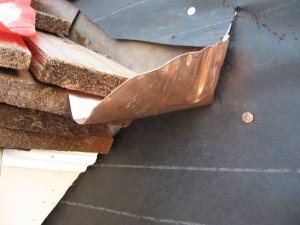 |
A view of how we flashed the turrett, or stair tower. Usually
a real steep roof doesn't require
additional flashing other than just the step flashing. The counter
flashing takes away any doubt that the flashing may leak. Here, the plaster
stop, or casing bead, overlaps the flashing leaving a gap, or reveal, between
the bottom of the stop and the shakes. This allows
relief for movement in the roof, that is , to keep the stucco from
cracking, as well as an exit for water. |
We made a copper kick-out flashing and
stuck it under the step flashing. This kick-out keeps water from running
behind or down the wall. The spout deflects water away from the wall and
in the case of a gutter, diverts the water into the gutter. |
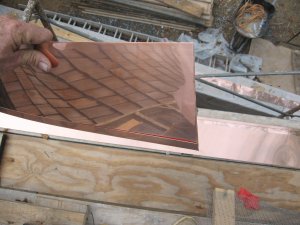 |
 |
The roof contractor made these counter
flashings for us.
The bottom bend or "hem",
goes against the wall, so the flashing is somewhat
angled out. |
Tarpaper is put on, overlapping the counter flashing. |
 |
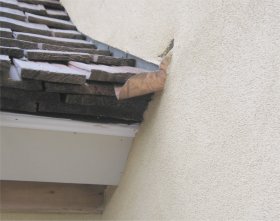 |
| Brown coat on the tower. The boys did a nice job of getting the wall
round and straight. |
A picture of the finished wall in the back showing the kickout
flashing. |
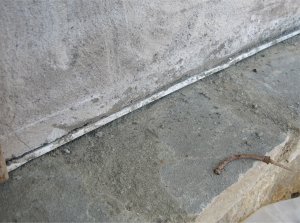 |
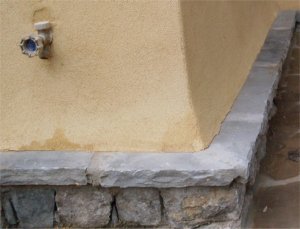 |
What you see here is the brown coat down
tight to the stone sill, leaving part of the aluminum flashing exposed.
The flashing insures no water will get behind the stone.
The sills are pitched slightly out of level, allowing water to run
away from the building.
It really pains me to see a level sill on a house. |
The curve on the bottom is called a "wash", as you may have seen here
before. It diverts water away from the building and provides a thicker
area to prevent water infiltration. Also, it hides the edge of our flashing.
Appearance wise, it
is shows this is real stucco and not the fake
stuff. |
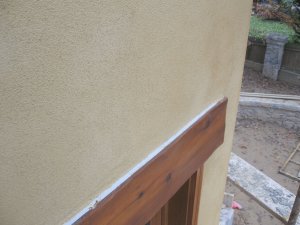 |
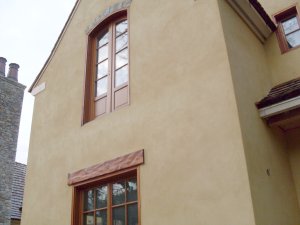 |
Lintels, or beams over the doors and windows
are flashed to prevent water from running behind the trim and the window.
The flashing is trimmed off just shy of the edge of the lintel, making
it invisible from the ground. |
Another view of the wall showing the lintels. Color variations and
mottling show off that this is real stucco and not the fake stuff that
comes out of a bucket. |
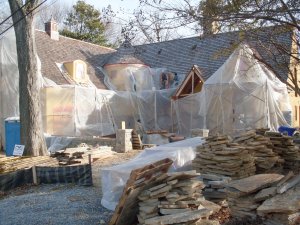 |
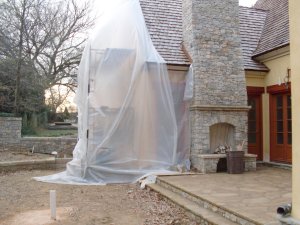 |
| A heat tent is built when temperatures dropped. Tent is left up at
least 3 days after the color goes on to make sure the finish sets up real
good. |
We set up a tent out back when the forecast called for rain to keep
the wall from getting messed up. |
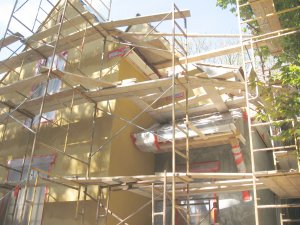 |
 |
| Complicated scaffold is needed for multiple gables, dormers and roof
lines. |
Scaffold down, showing off our finished wall. |













